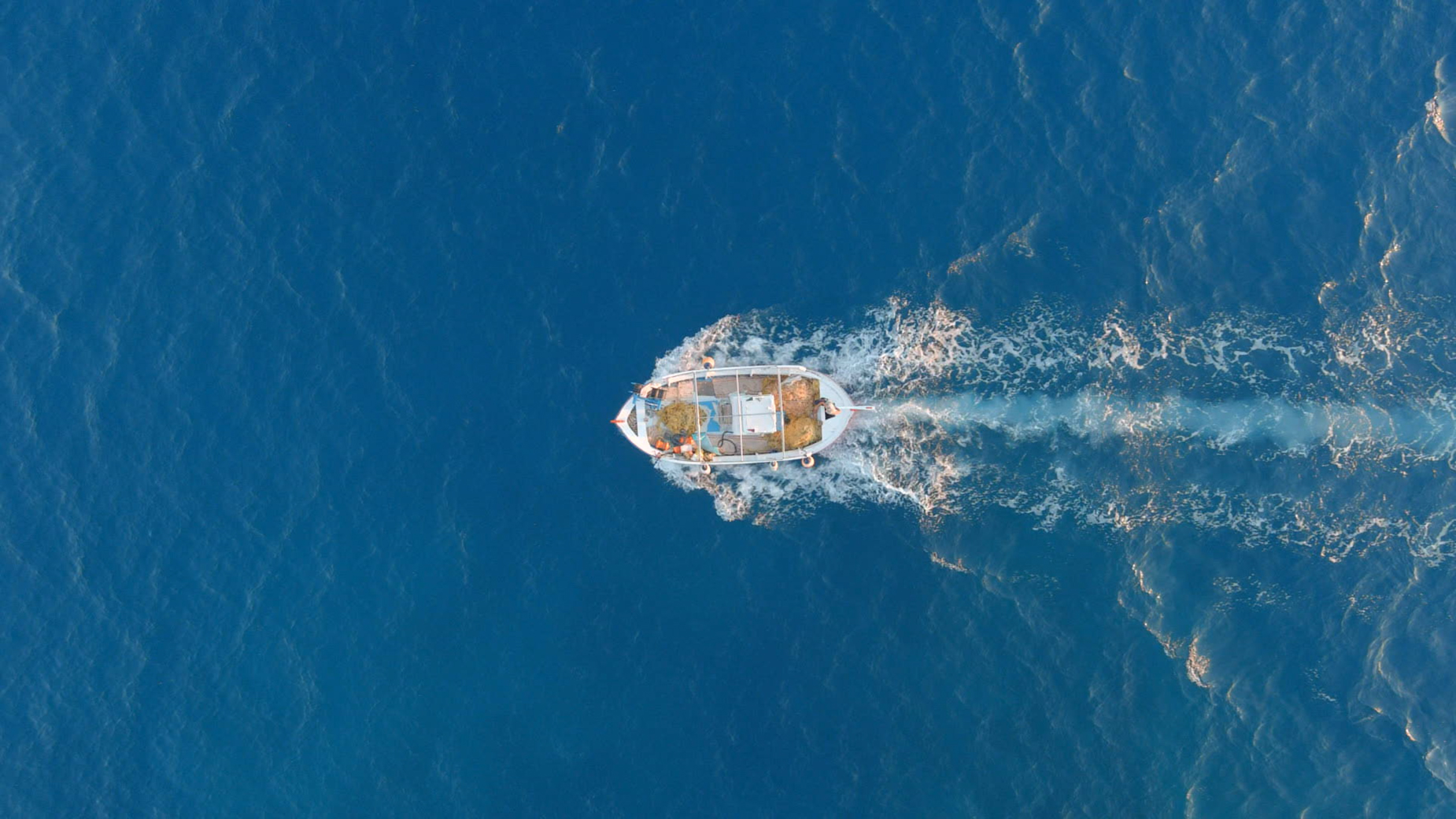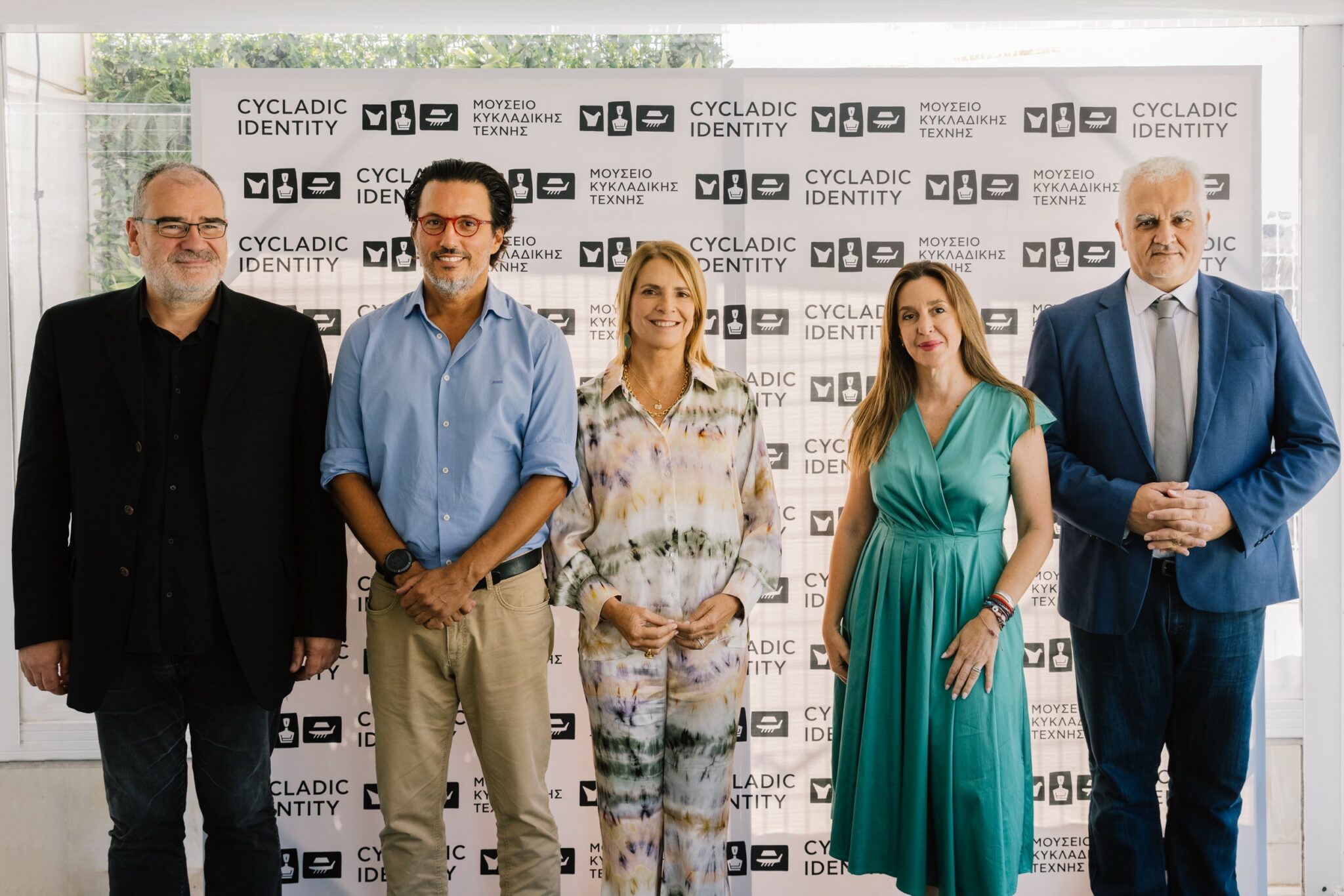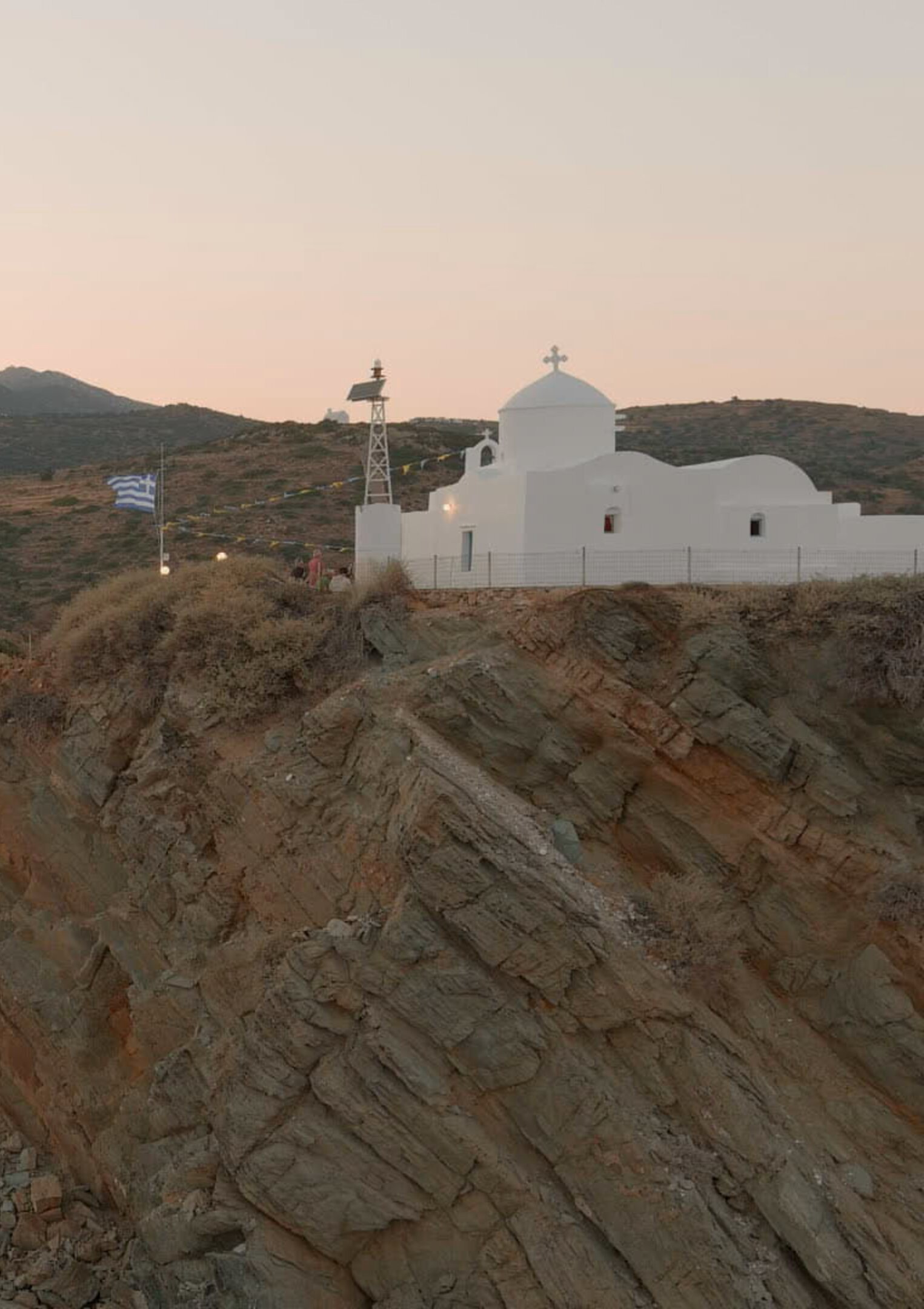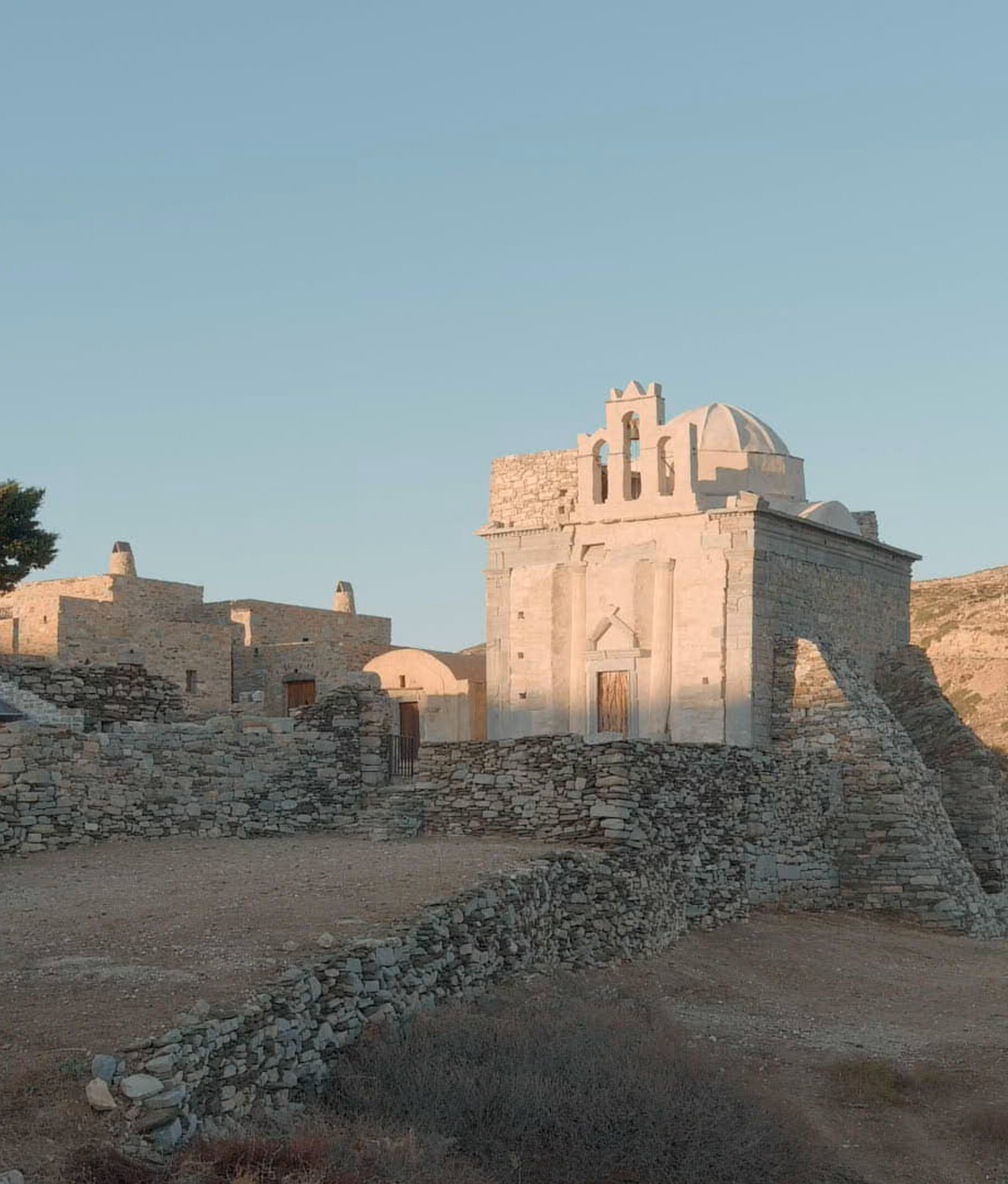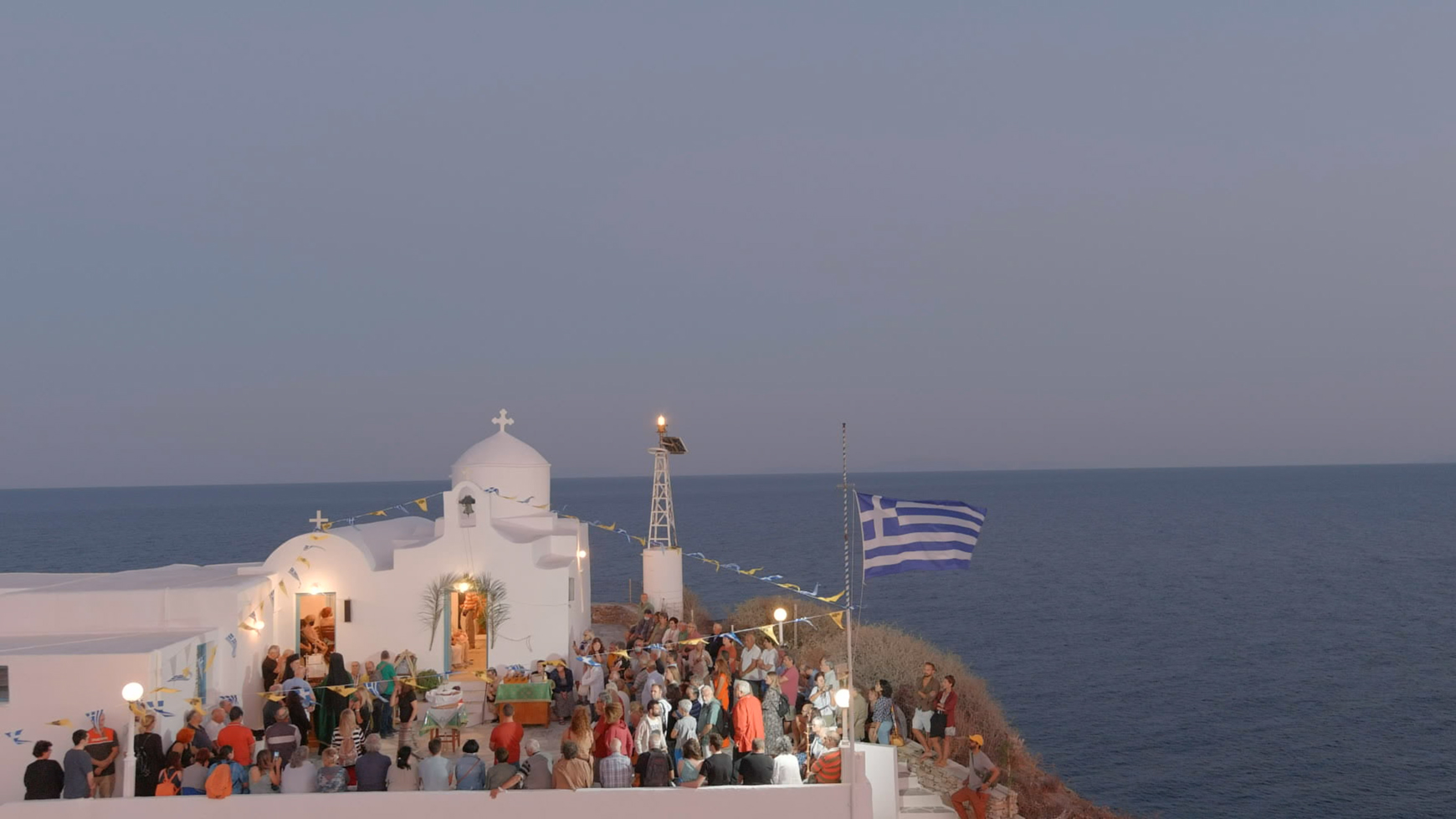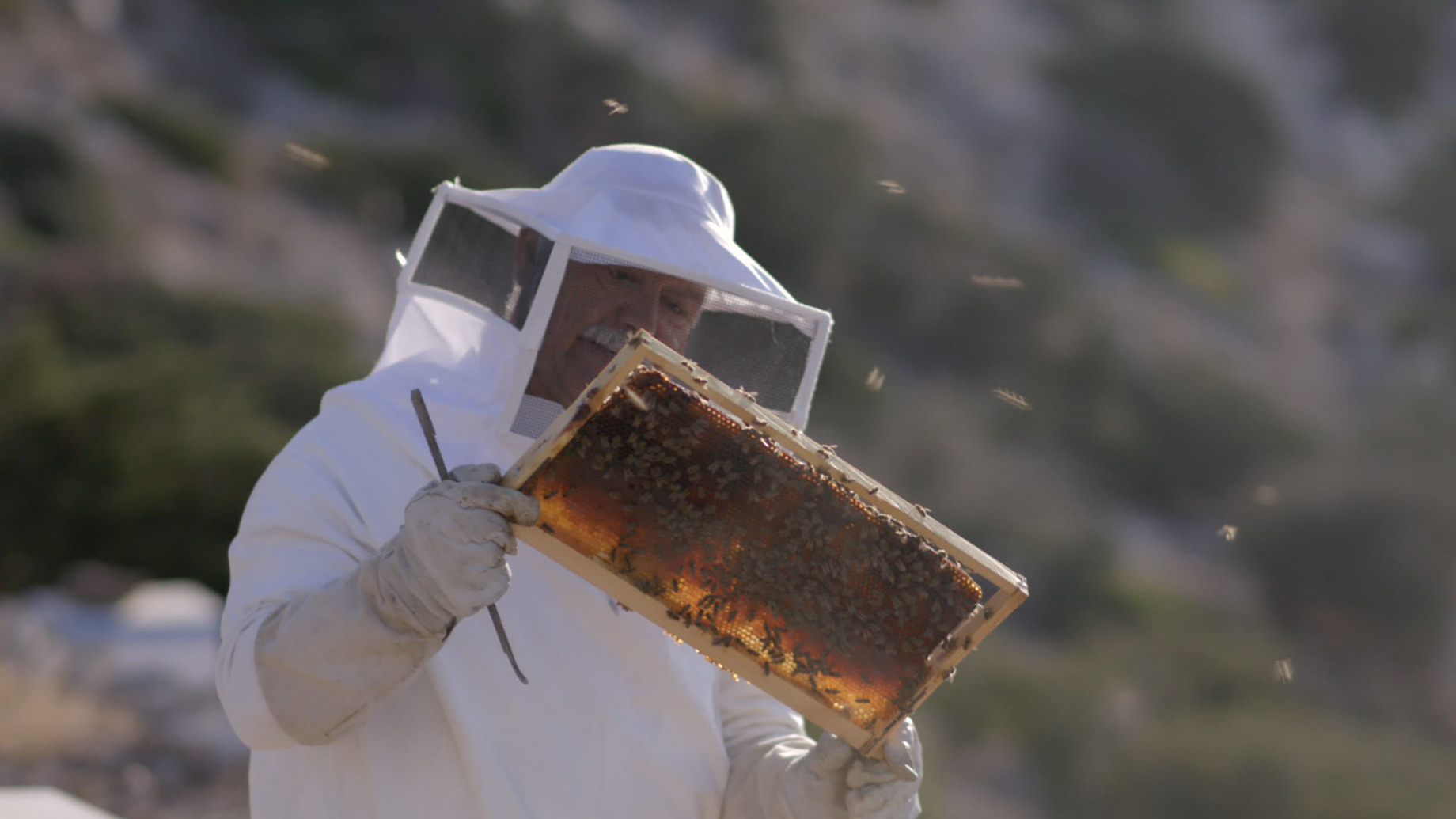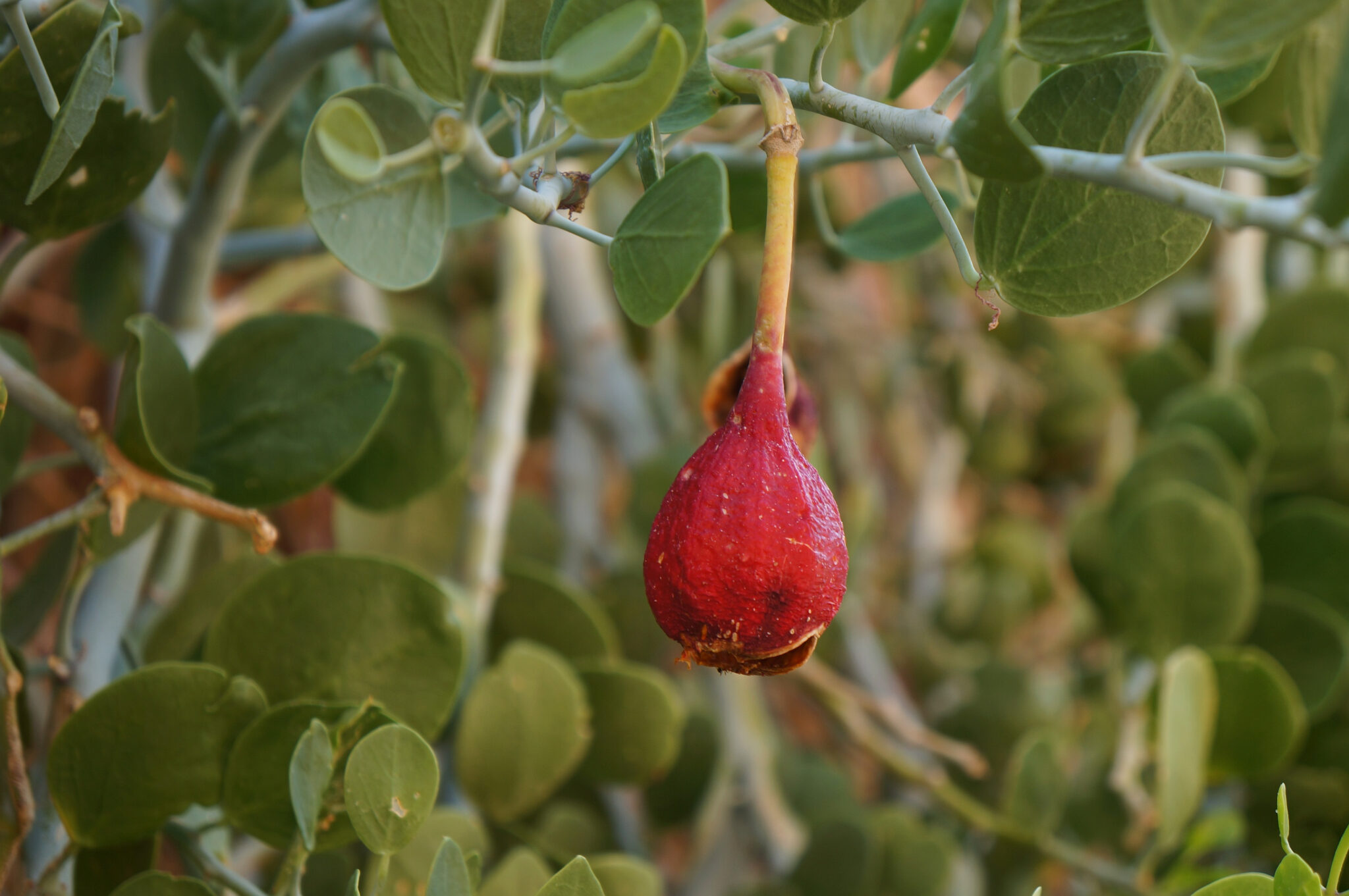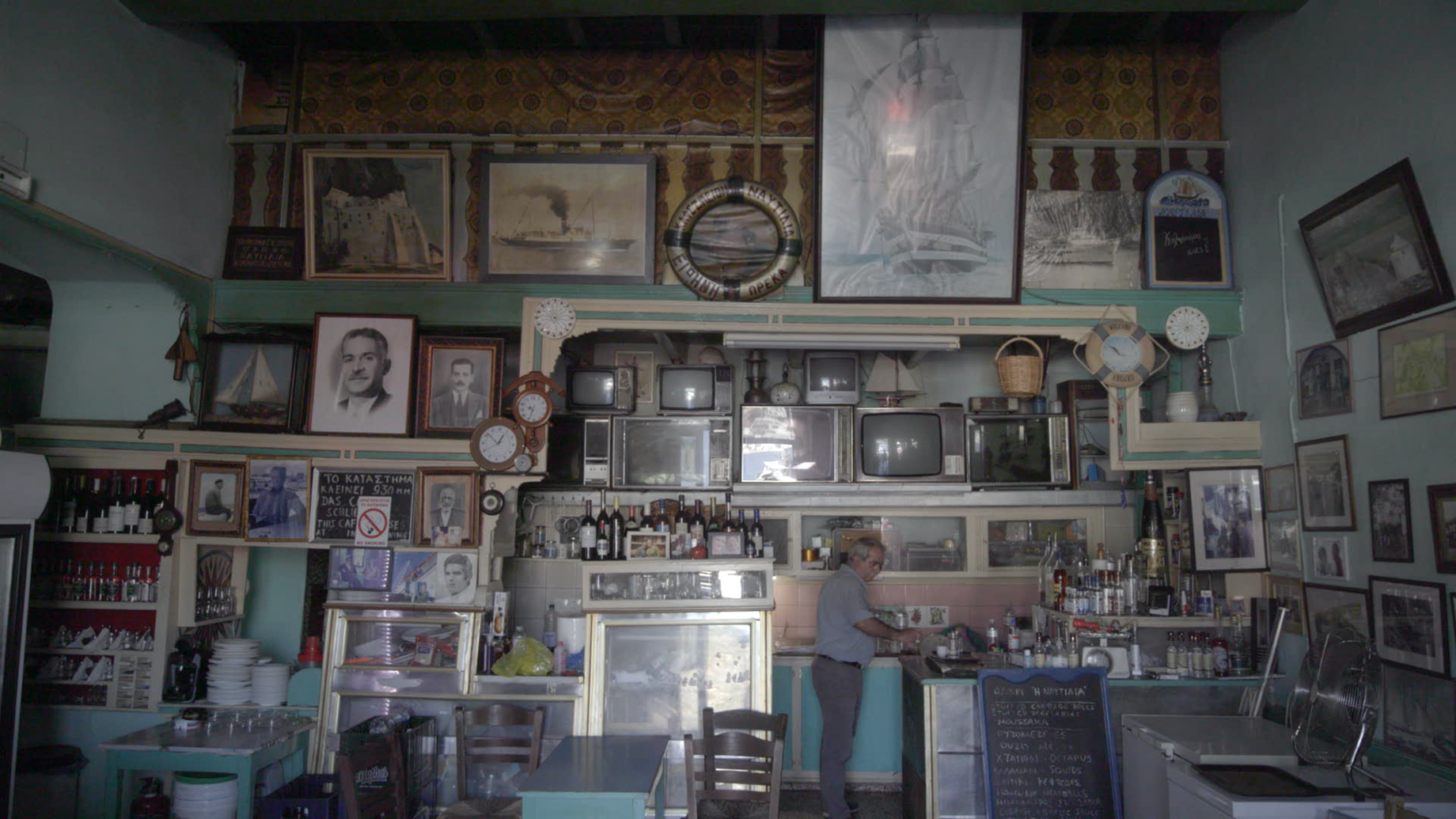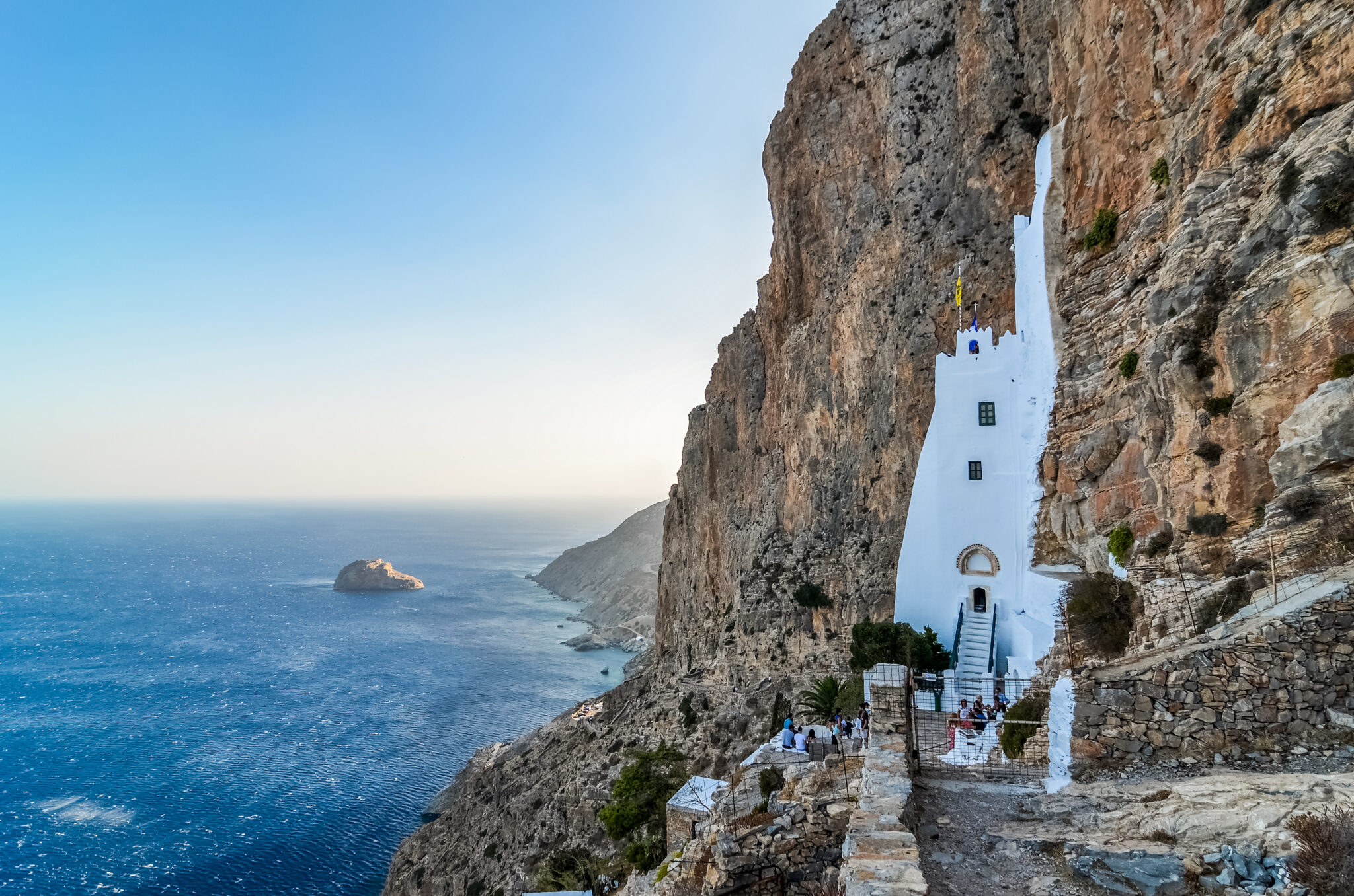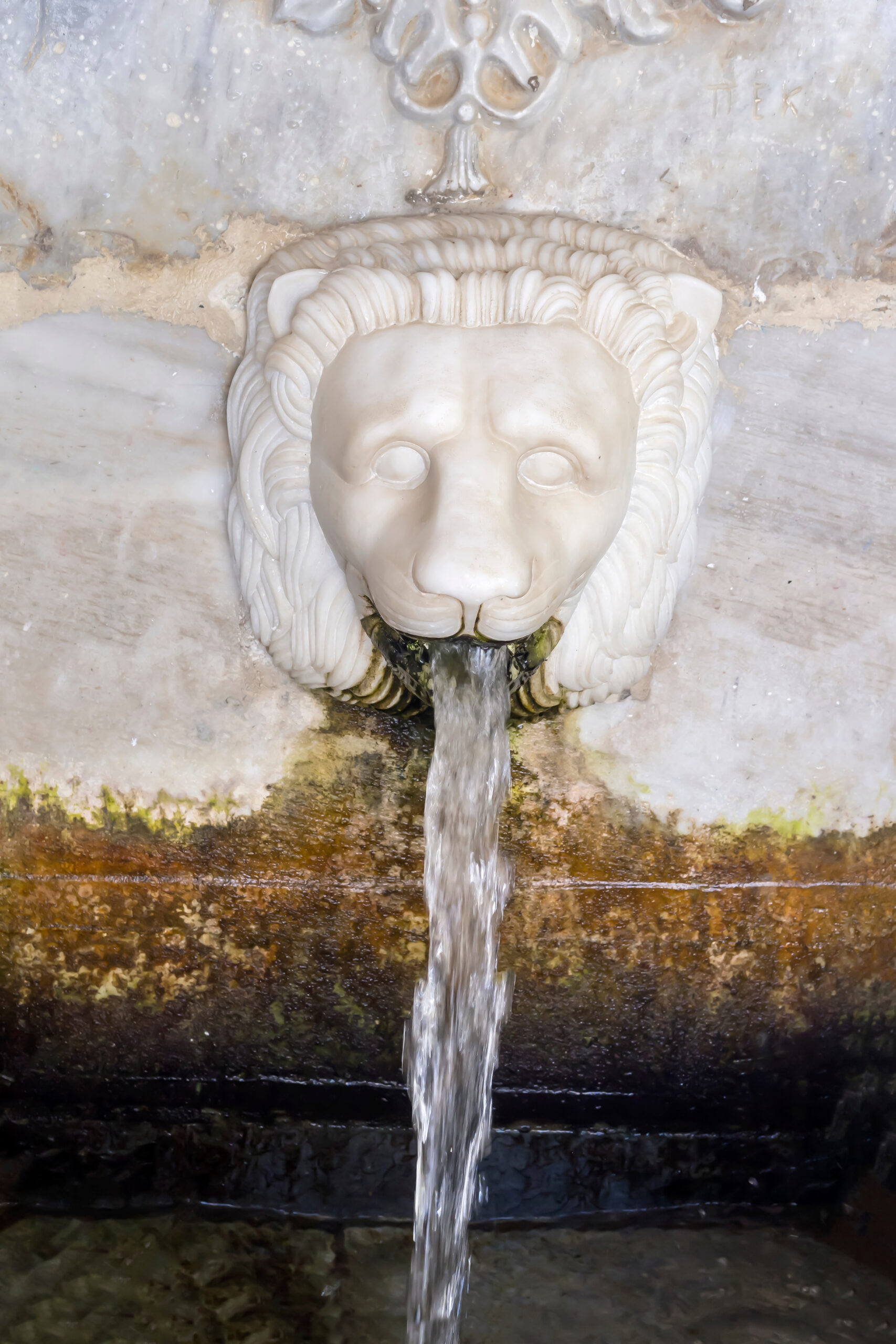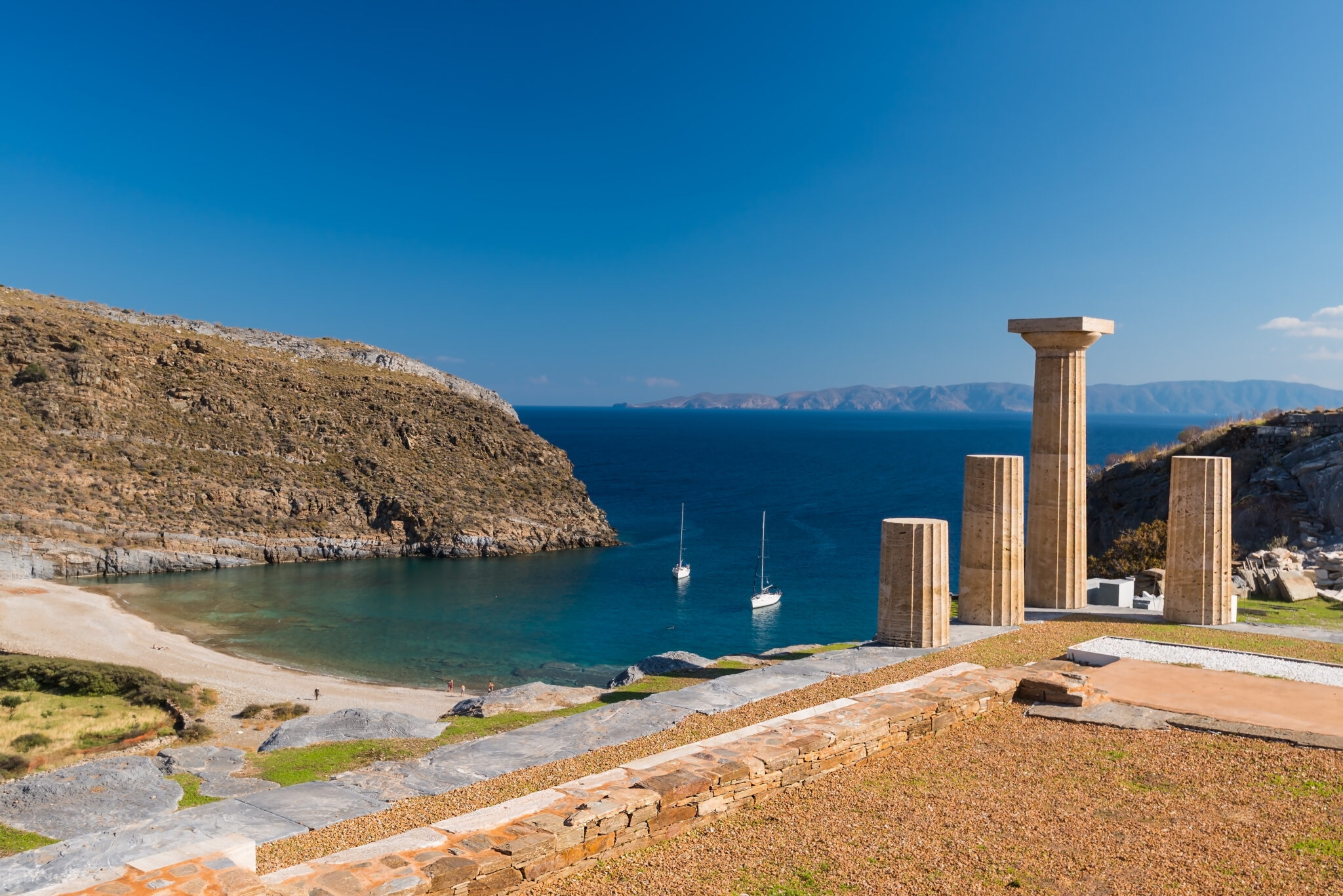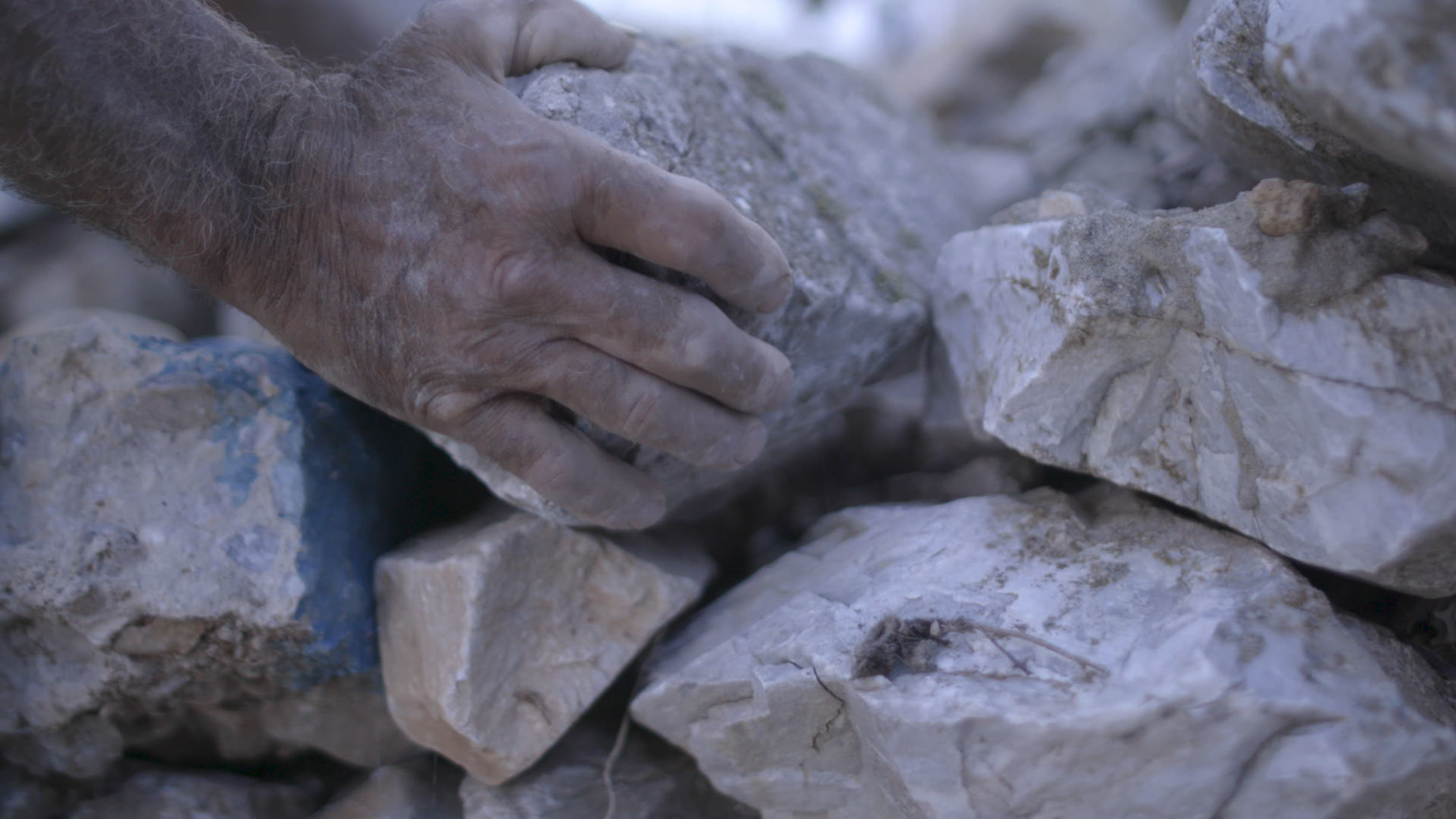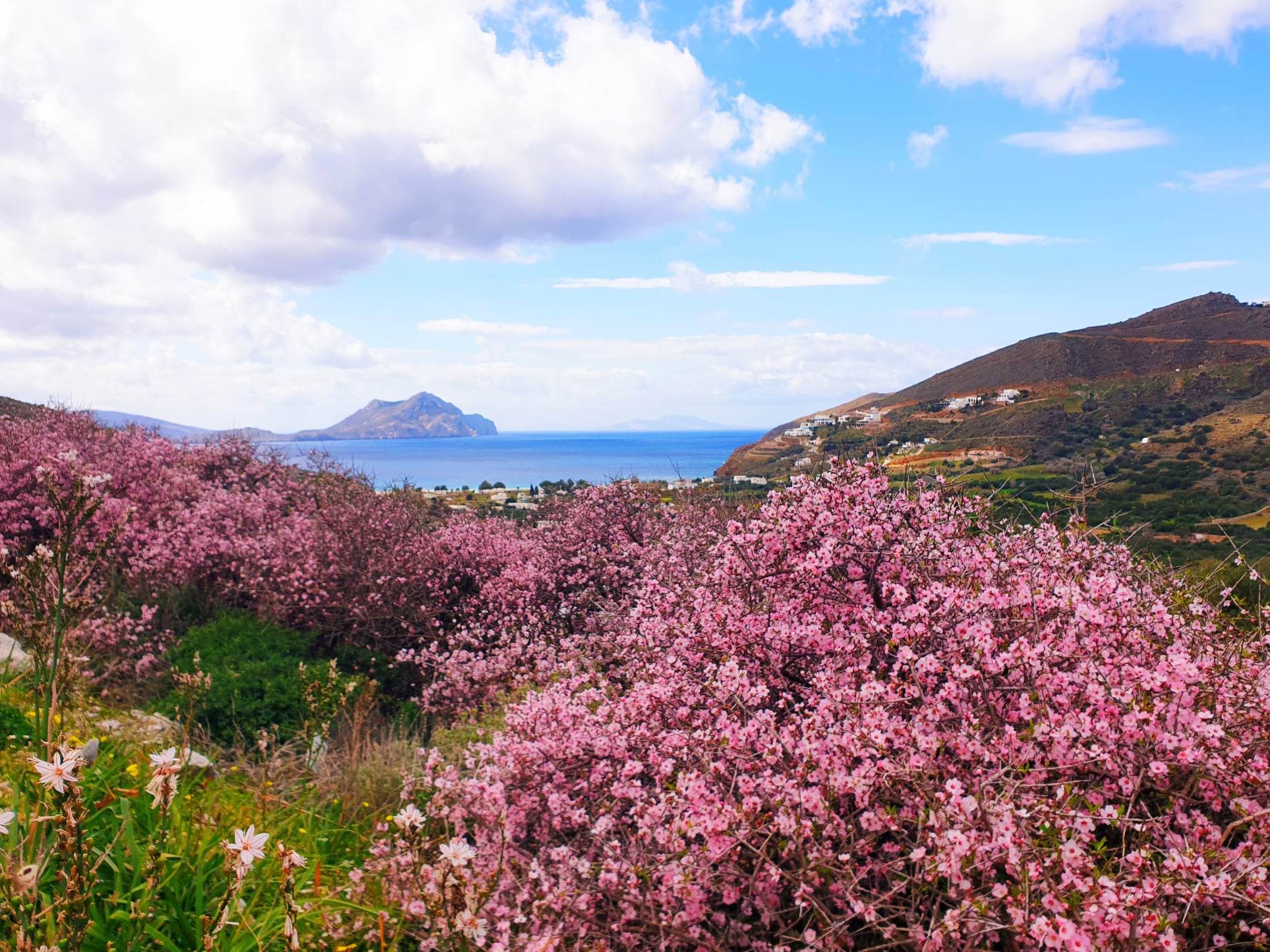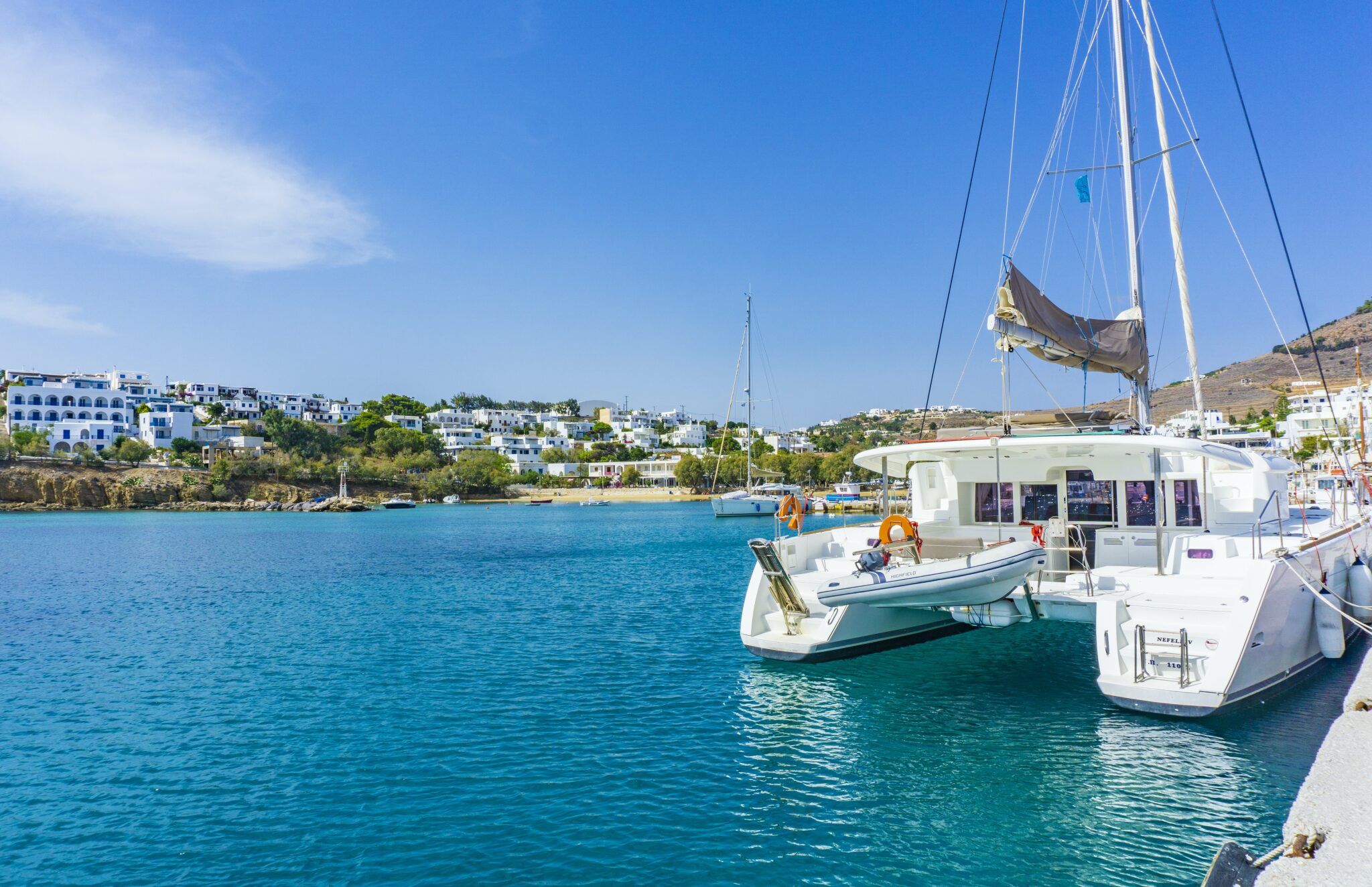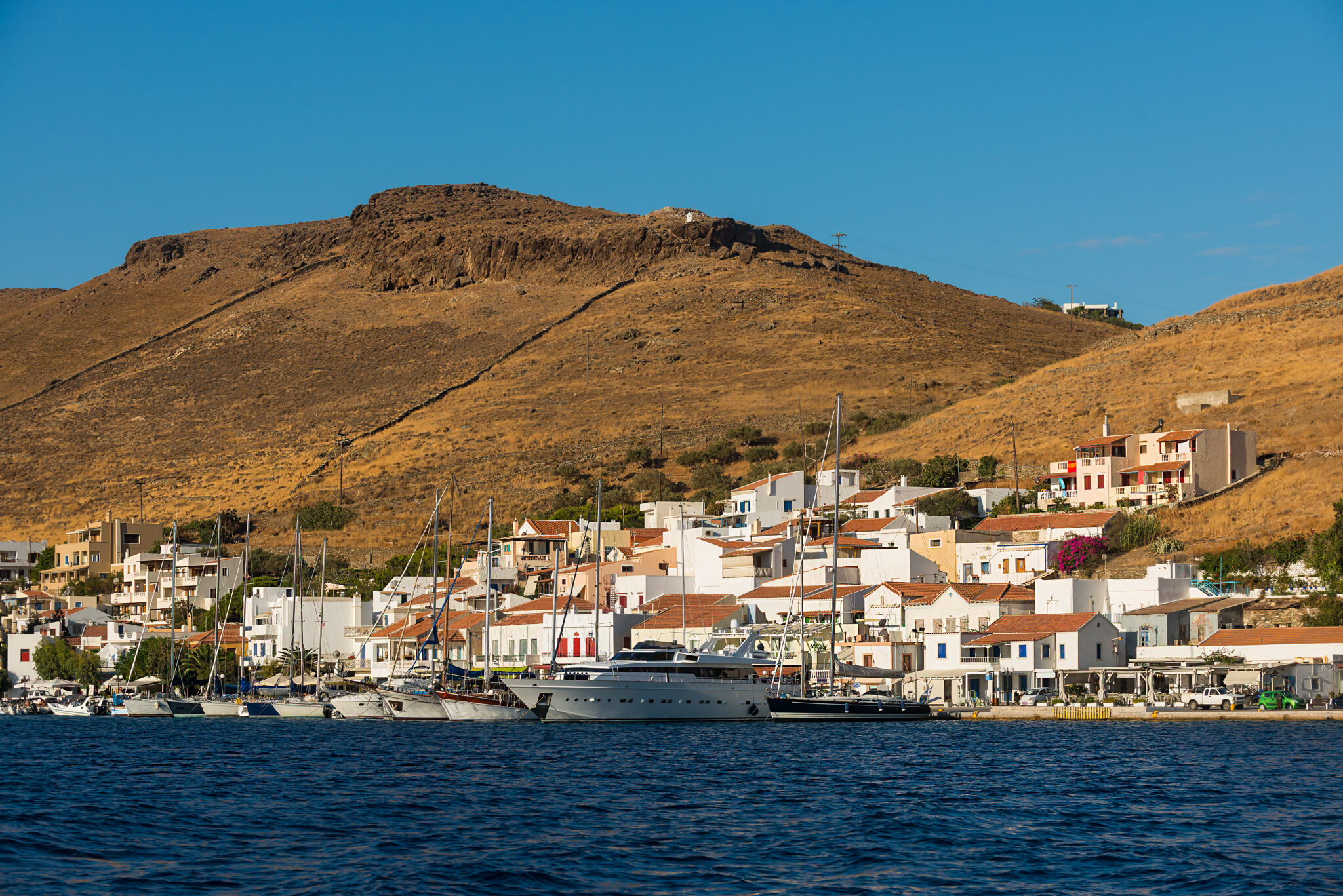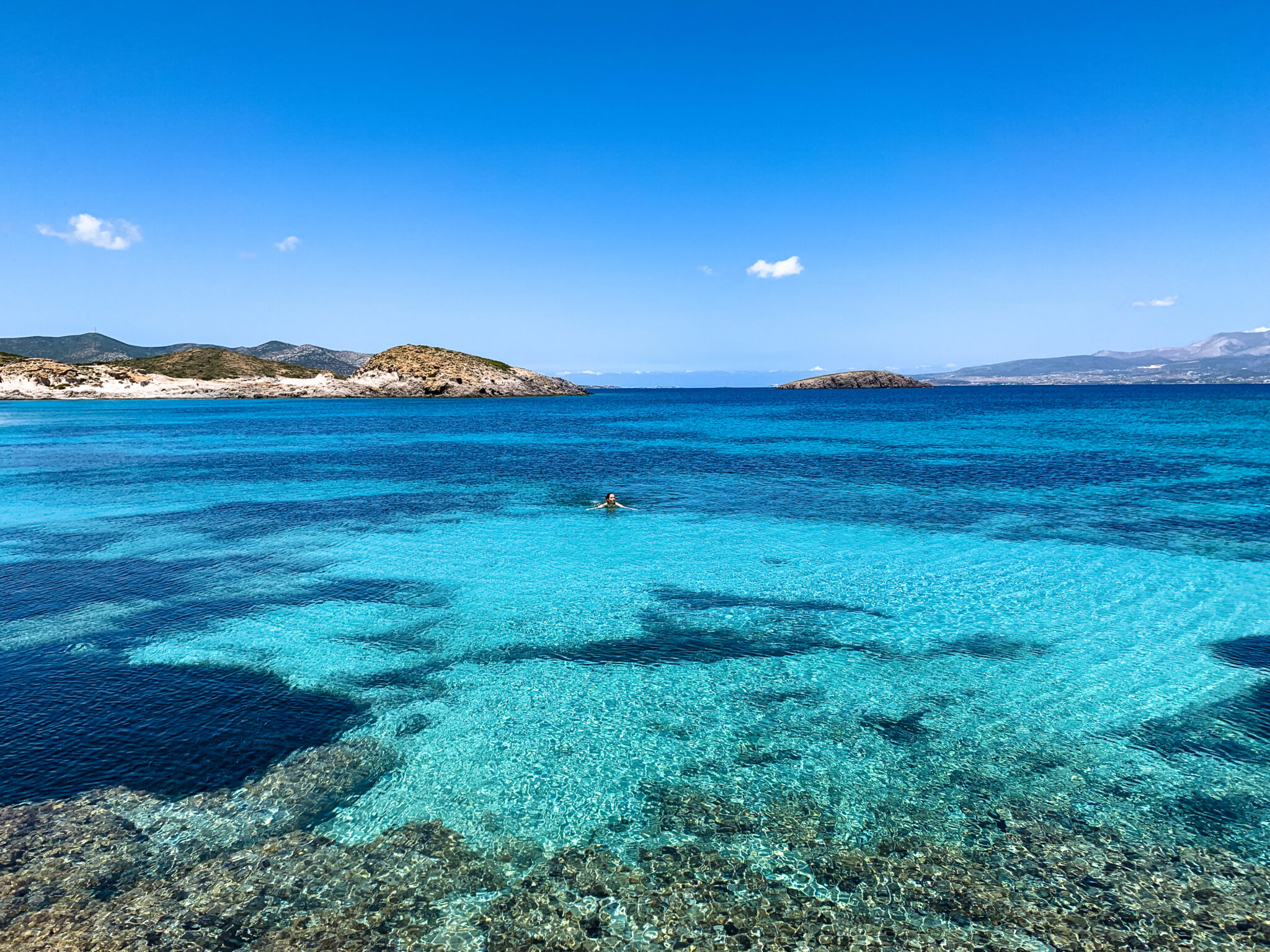Full of optimism, pragmatism and vision, the newly-launched ‘Cycladic Identity,’ initiative aims to uplift the Cyclades’ cultural and natural legacy, ensuring the characteristic identity of the islands is celebrated, restored, meticulously maintained and protected. Founded upon the pillars of Culture, Biodiversity, and Intangible Cultural Heritage, the initiative materialises as a platform, judiciously channelling resources into projects orchestrated by a scientific committee that is also energetically operative on the islands.
The Museum of Cycladic Art and the Scientific Committee cast a wide net, inviting 34 entities from the Cyclades to submit their programme applications. From across 14 islands they received 24 applications. After thorough assessment of entries, and using set criteria, nine programmes were shortlisted to be actualised in eight specific islands: Amorgos, Andros, Donousa, Ios, Kea (which bagged two programmes), Mykonos, Paros, and Sikinos.
The ‘Cycladic Identity’ initiative, also through its own website, will serve as a platform, pulling in donations and sponsorships and directing those resources towards programmes run by entities in the Cyclades. From its very inception, the committee has been reaching out to the islands’ local government representatives, introducing their vision and operational frameworks. Active discussions were facilitated with various groups, and callouts were made to invite the submission of funding proposals for potential programmes.
The initiative requires that potential entrants pitch their proposals during set windows of time, with the scientific committee evaluating them and the advisory committee giving the final nod. “Assessment criteria are tight,” says Sandra Marinopoulou, the CEO of the Cycladic Art Museum. “Our priority is to back projects that are well-organised, have a strong potential for positive impact, and promise sustainable results. We keep a close eye on their progress to ensure proper implementation and provide support where needed. Meanwhile, we’re keeping the lines of communication wide open with local government, charitable foundations, major organisations, scientists, and other initiatives, continuously enhancing the potential for partnerships often beyond what single entities can manage.”
Charged with evaluating the proposals is the Scientific Committee of ‘Cycladic Identity’, every member of which has brought their substantial knowledge of the Cyclades to the table. The four-member team includes Athanasoulis, Dr Michael Boyd, a Senior Research Affiliate at The Cyprus Institute; Dimitris Karavellas, General Director of WWF Greece; and Dr Angeliki Kosmopoulou, Archaeologist and Executive Director of the Athanasios K. Laskaridis Public Benefit Foundation. Also contributing to the final selection of proposals was the initiative’s Advisory Committee, which has provided significant funding since its inception.
Importantly, ‘Cycladic Identity’ engineers a stimulating dialogue with the islands’ local communities. This intentional interaction aims to facilitate the adept mapping of their needs and supports the aims and programmes of entities dedicated to preserving this inherent identity. Dr Dimitris Athanasoulis, Director of the Cyclades Antiquities Authority and member of the Scientific Committee emphasized the initiative’s role in filling a gap. “It addresses a need for Cyclades’ residents and local entities to step up and contribute. While they can restore monuments and build museums, safeguarding intangible heritage and ensuring tourism develops without eroding its own foundations is something the islanders must spearhead. And that’s precisely what Cycladic Identity aims to facilitate: selecting entities and funding them to create this vital awareness,” Athanasoulis said.
The next funding period stretches over the year 2024, and the selected programmes under the second call, dispatched in September, will be announced at the start of the new year.
The Fundamental Pillars of Cycladic Identity
The intertwining of culture, biodiversity, and intangible cultural heritage crafts a dynamic mosaic that binds societies throughout the Cycladic islands. The following three key pillars define the vision and scope of the initiative.
Culture
Spread between Europe and Asia, the Cyclades have been shaped by the influences of several cultures and epochs, each layer leaving its unique signature on the landscapes. The Cycladic civilization, a pivotal prehistoric culture, emerged amid the often stark and bare terrains of these islands, blossoming during the 3rd millennium BC. During Byzantine and subsequent periods, the islands experienced a significant cultural and architectural renaissance, giving rise to numerous monuments. The Cyclades, with their rich array of prehistoric settlements, castles, stone walls from diverse epochs, churches from Byzantine to post-Byzantine periods, neoclassical edifices, windmills, wells, and dovecotes, position themselves as a singular treasure anchored in the Aegean.
Biodiversity
With a lively biodiversity, the Cyclades unfold a dynamic panorama of habitats, inclusive of those safeguarded by the Natura 2000 conservation endeavour. The environments span sandy shores and rocky perimeters to scrublands, marshes, lagoons, olive groves, and vineyards, as well as extending beneath the waves to seagrass meadows and coral reefs. The islands are a haven for a wealth of flora and fauna, many of which are endemic, having evolved and adapted to the often rigorous conditions, finding dominance in their particular ecosystems. Over 2,000 plant species, including at least 200 endemics, coexist with rare bird species and a diverse array of marine life, marking the Cyclades as a vibrant hotspot of Mediterranean biodiversity.
Speaking about the urgency to preserve Cycladic nature at the Cycladic Identity launch, World Wildlife Fund Director Dimitris Karavellas, said: “Looking at Robert McCabe’s incredible photographs of the Cycladic islands in the ‘50s and ‘60s, as an amateur photographer I was envious of his superior photographic skills as well as the fact that he was fortunate enough to see these islands in the untouched form they were in then. Looking at these images made me wonder what the Cyclades will be like in 2050. Will they have withstood the effects of the mass tourism explosion? Will there be any agricultural lands left or will every patch of land be covered by buildings? Will traditional features still exist, or will they have been replaced? Will the footpaths have been turned into roads? What will remain of what we call the Cycladic identity? One thing is for sure, the Cyclades find themselves in a very critical moment in relation to their future and identity.”
Intangible Cultural Heritage
Encountering the culture through archaeological sites and historical buildings, observing the distinctive biodiversity that defines the local ecosystems, and engaging with the unique cultural heritage manifest in daily life on the islands, one discovers the threads that weave the social fabric and shared identity of local societies. In acknowledging these nuances, the infinite responsibility to preserve, enrich, and bequeath this dynamic blend of cultural and natural wealth to future generations becomes clear.
Day-to-day life and traditions, social ceremonies, ancestral practices, and arts are integral components, sculpting a distinct, authentic identity over time. The intangible cultural heritage encapsulates numerous facets that either pervade daily life or act as temporal milestones and stimuli for celebratory events, including agro-dietary traditions, local produce, unique cultivations, architectural styles, traditional musical instruments, craftsmanship, and more. This cultural weave not only constitutes a linkage to bygone times but also forges a pathway into the future, ensuring the ethos and practices of the Cyclades are conveyed to subsequent generations with zest and respect.
Cycladic Identity Projects on Eight Islands
Here we look at what each of the eight islands is working on over the next few months as part of the initiative.
Amorgos
From 1st May 2023 to 30th April 2024, the Municipal Public Benefit Enterprise of Amorgos has been running a project to preserve the island’s rich history and traditions through recording elderly locals’ oral testimonies. The initiative, involving local groups and youth and women’s organisations, also encompasses organising this information into audiovisual material, producing a documentary, and featuring short video presentations at the Folklore Museum in Chora, Amorgos.
Andros
Between May 2023 and April 2024, the Andros Research Centre (EKA) explores and highlights the island’s unique water management traditions, set distinctly apart due to its abundant water supply, a rarity among the arid Cycladic islands. Recognising water as a precious asset, especially considering climate change risks and recent impacts like droughts and fires, the project documents and communicates Andros’ historic and contemporary water rights and practices, ensuring the preservation and understanding of these vital, traditional approaches amid increasingly challenging environmental conditions.
Donousa
From April 2023 to March 2024, the Cultural Environmental Association of Donousa POSEIDON, in collaboration with Media Dell Arte since 2007, is creating a website to host, maintain, and showcase the Donousa Oral History Archive. This project curates interviews with the island’s eldest residents, preserving their memories and everyday stories, which are recorded and archived, offering a window into the personal experiences and mini-histories that have shaped the island, as lived by the residents themselves.
Funded by Cycladic Identity, a website will be developed to host a rich array of materials including text, audio, photos, and documents. It will feature recorded narratives, paired with transcribed text and speaker photos, vintage island photographs, and the Community Archive, all systematically organised by section, category, subcategories, and keywords. Initially, it will showcase around 100 stories, 100 old photographs, and 100 documents from the Community Archive. Additionally, Donousa’s genealogical tree will be presented, tracing from the island’s first inhabitants to the present day.
Ios
“Ios: A New Cinematic Perspective”, organised by ‘Cinemathesis’ which started in May 2023 and concludes in April 2024, is a project that project engages secondary school students in Ios in cinematic arts, inviting them to create their own one-minute, single-shot video art through specialised, audio-visual, experiential activities. It aims to uncover unseen aspects of the island, weaving a “mosaic” of recordings, involving both the theoretical and practical aspects of filmmaking, and culminating in a public showcase of the resultant artwork.
Kea
“Preserving Kea’s Musical Heritage through Traditional Musicians” was the programme launched by the Public Enterprise of Kea Municipality (the programme ended in September). Contributing significantly to Greece’s traditional music through exceptional musicians influenced by both maritime and continental musical traditions, Kea was the focus of a project prioritising documenting its remaining traditional virtuoso musicians and their distinctive, versatile playing styles. Aimed at safeguarding and highlighting this intangible cultural heritage, the programme entailed the creation of 10 brief independent documentaries via high-fidelity recordings and cinematography, showcasing the island’s elderly musicians.
Also in Kea, the “Listen to the Story” initiative, active from May 2023 to April 2024, and organised by the Centre for the Study and Dissemination of Myths and Fairy Tales, focuses on eloquently sharing the island’s intangible heritage through the production of 20 podcasts, blending original music compositions with the island’s rich oral traditions and mythology, thereby promoting its cultural and natural landmarks to audiences of all ages.
Mykonos
Spearheaded by the Municipal Public Enterprise for Environment, Education, and Development of Mykonos from June 2023 to June 2024, this project aims to preserve and transmit the knowledge of dry stone wall construction (“xerolithies”), a traditional, age-old technique created to retain water and for land demarcation. The gradual abandonment of cultivation and diminished intergenerational skill transfer have impacted the walls’ upkeep and use. The initiative “Narrating and Documenting Dry Stone Art” will include the creation of a website, a digital repository documenting old masters and construction techniques, and a pilot dry stone workshop, ensuring this intangible cultural element endures for future generations.
Paros
Focusing on the “Ancient Marble Quarries of Paros – Stability and Accessibility of Underground Galleries” for a duration of 15 weeks, the Paros Ancient Marble Quarries Park sheds light on the globally significant cultural heritage found within Marathi’s marble quarries. Dating back to the 7th century BCE, these landmarks were essential for extracting the famed Parian marble, widely utilised in architecture and sculpture. The project, backed by Cycladic Identity, embarks on its initial stage, initiating several studies and interventions. These aim not only to protect and showcase these ancient quarries but also to reintroduce them to visitors, bridging past and present.
Sikinos
Embarking on a journey to intertwine technology with cultural heritage, is the “Cultural Paths in Sikinos: Creation of a Navigation and Information App” project, spearheaded by the Hellenic Society for the Protection of Environmental Heritage and Culture (ELET), which started on May 15, 2023, and will run till May 15, 2024. The extensive network of trails across the Cycladic islands stands as a testament to centuries of diligent and aesthetically mindful work by inhabitants, encapsulating a rich blend of the area’s unique cultural legacy and distinctive landscapes. The funded programme was designed to craft the “Sikinos Paths” app, which will seamlessly guide hikers across the terrains with bilingual features that can reveal stories of Sikinos and its walking routes to a global audience, enhancing accessibility and global awareness.



